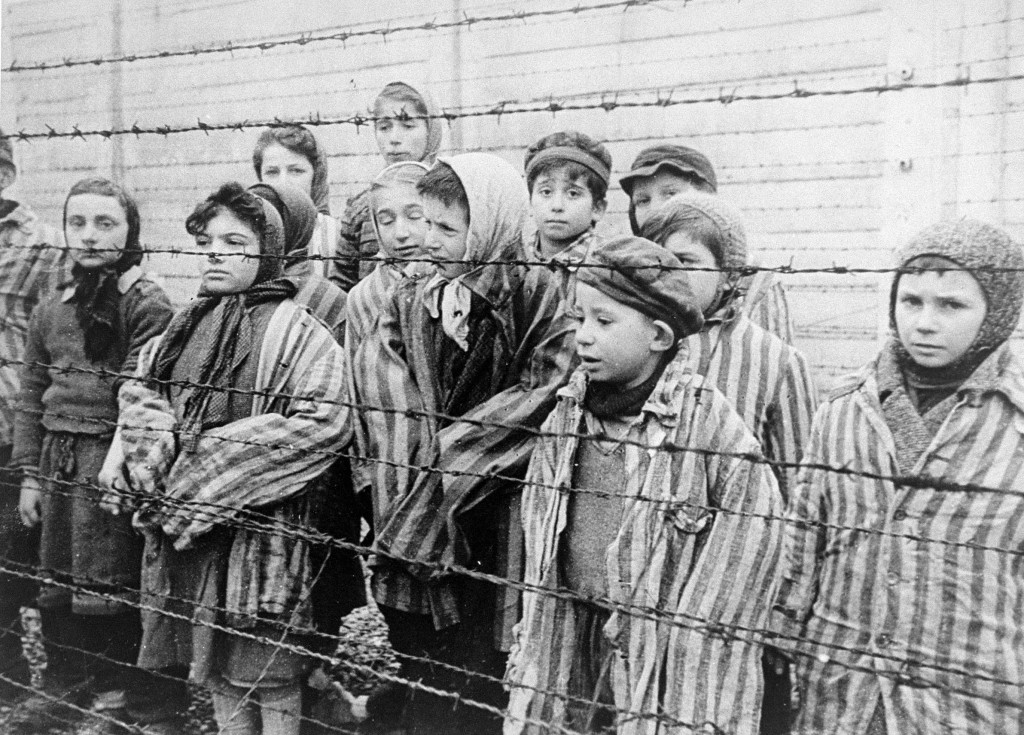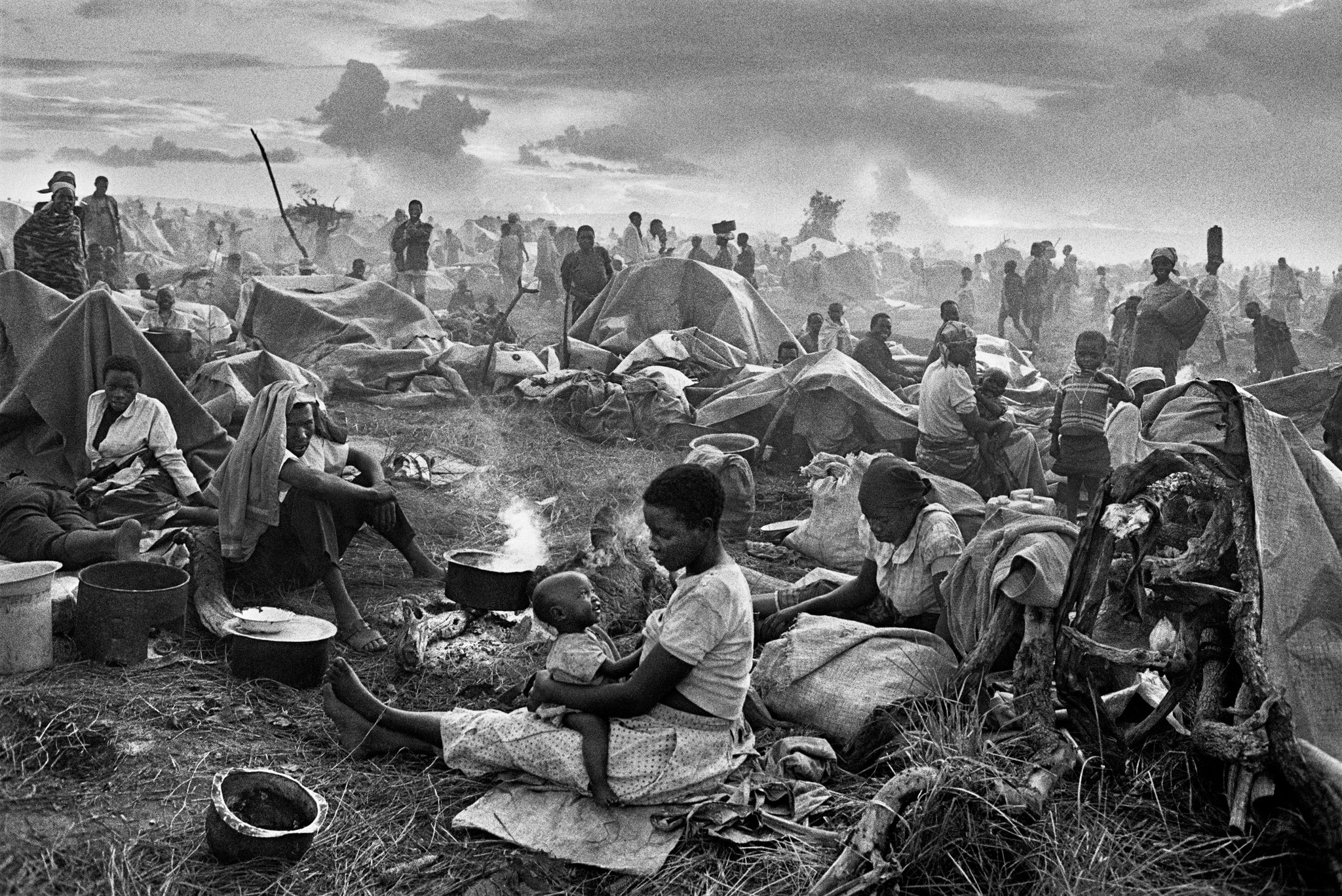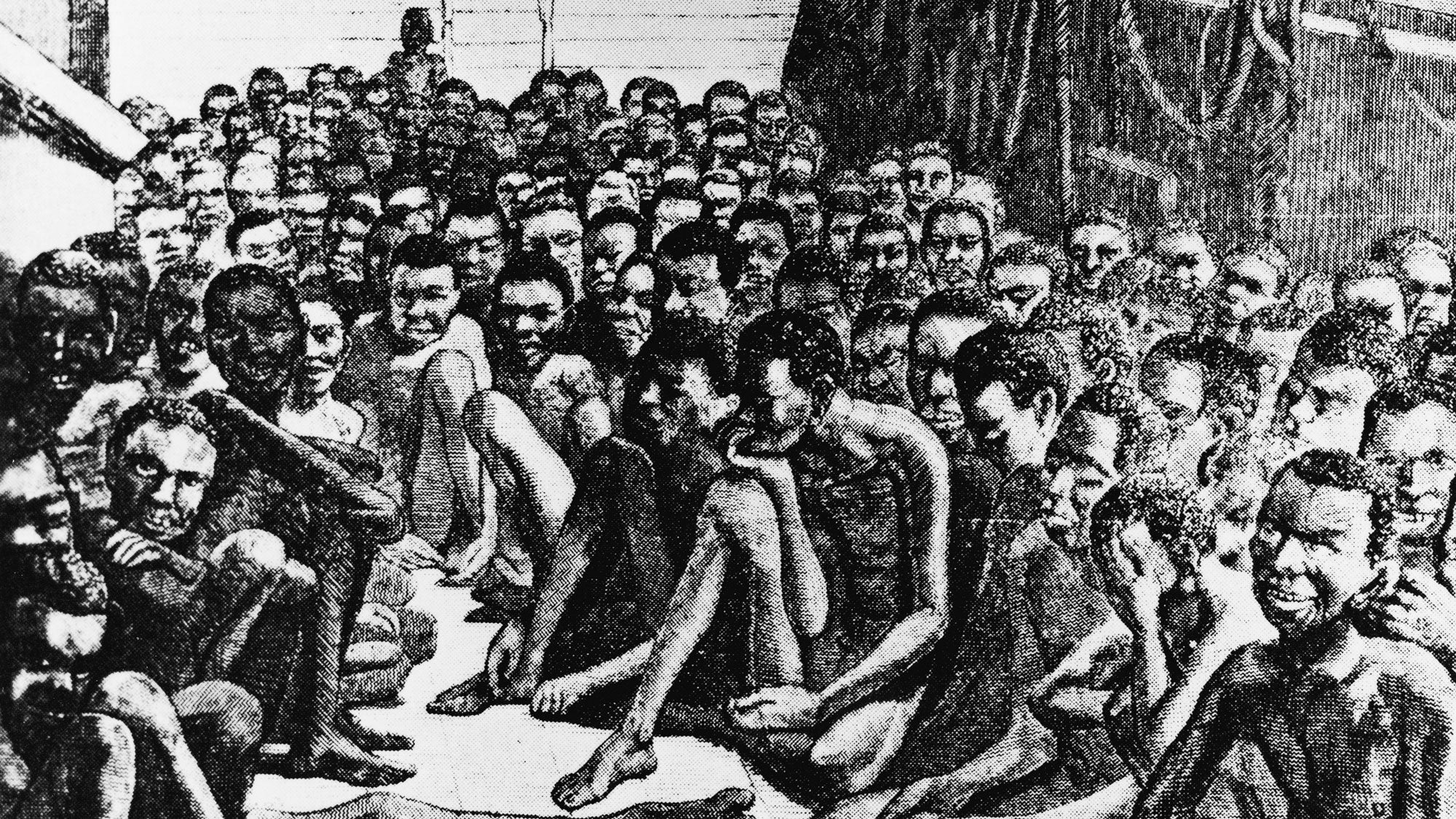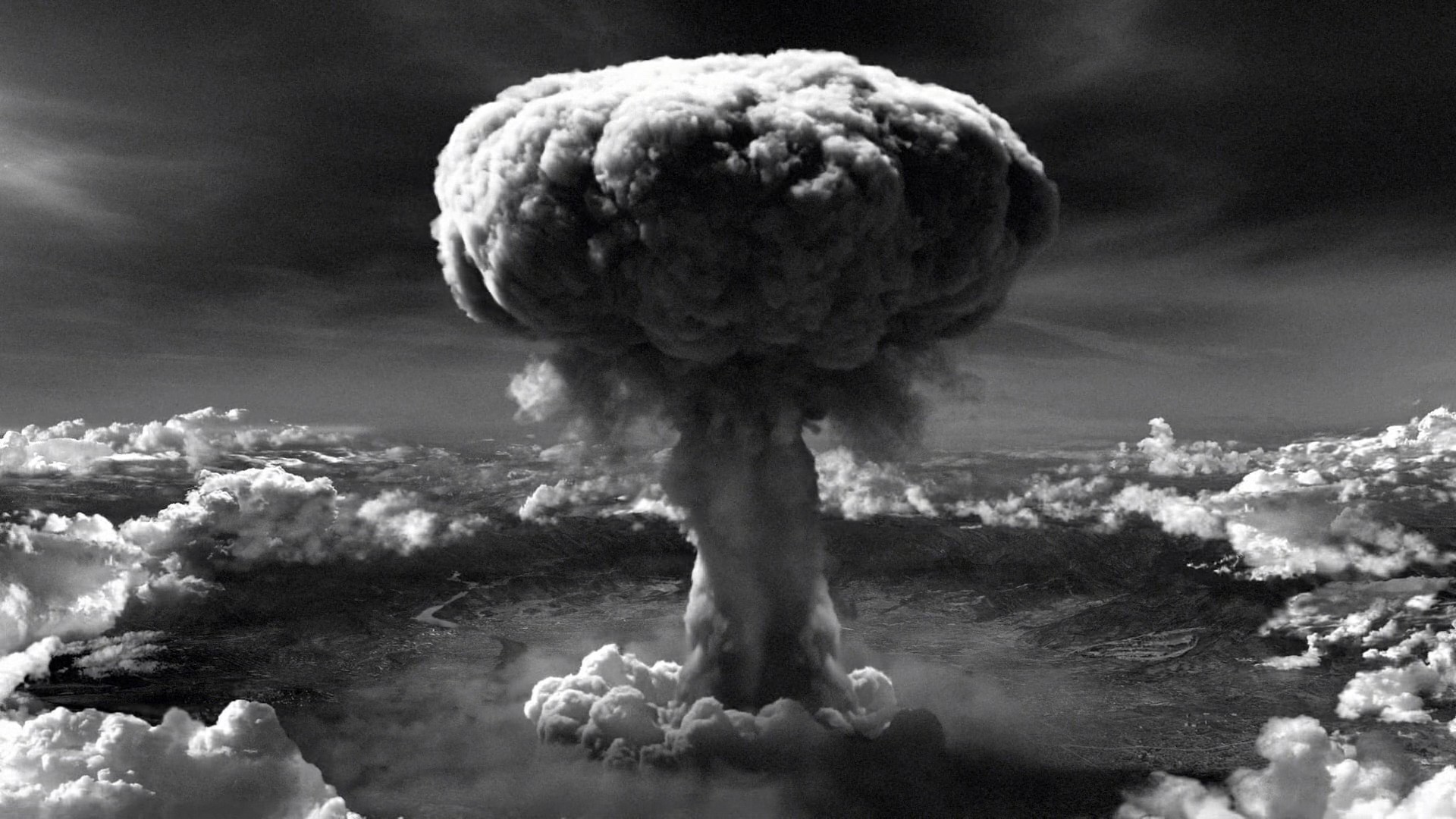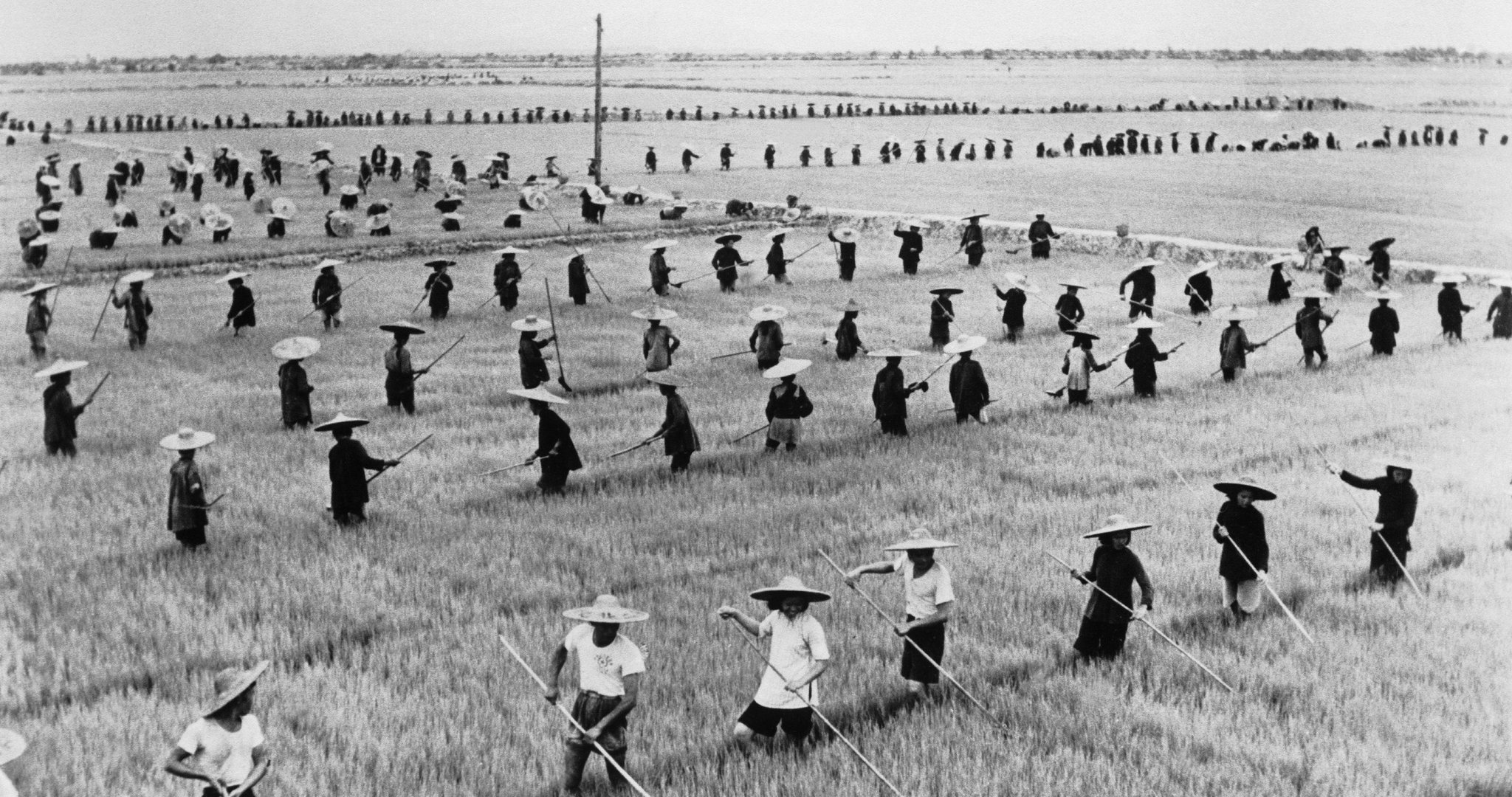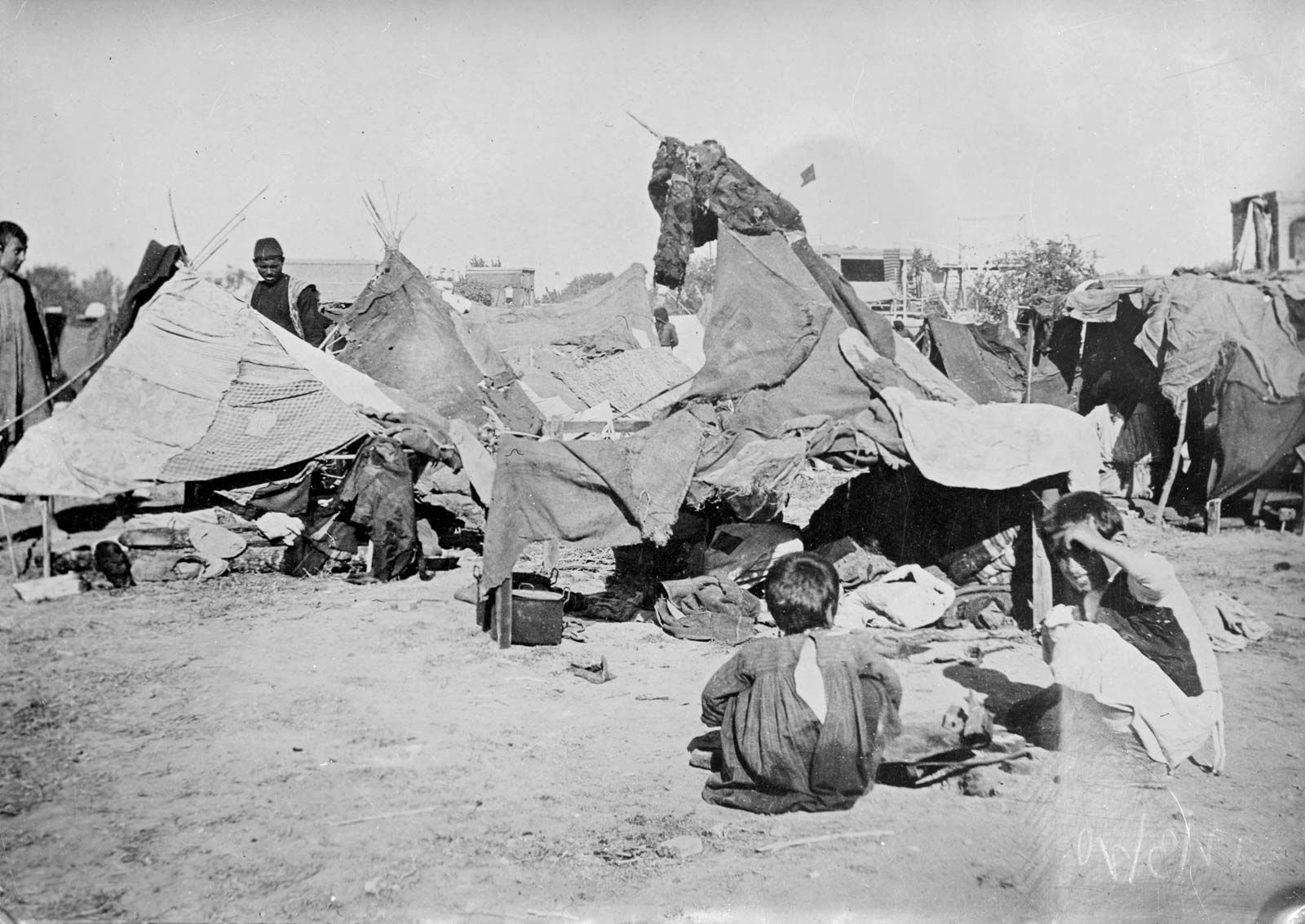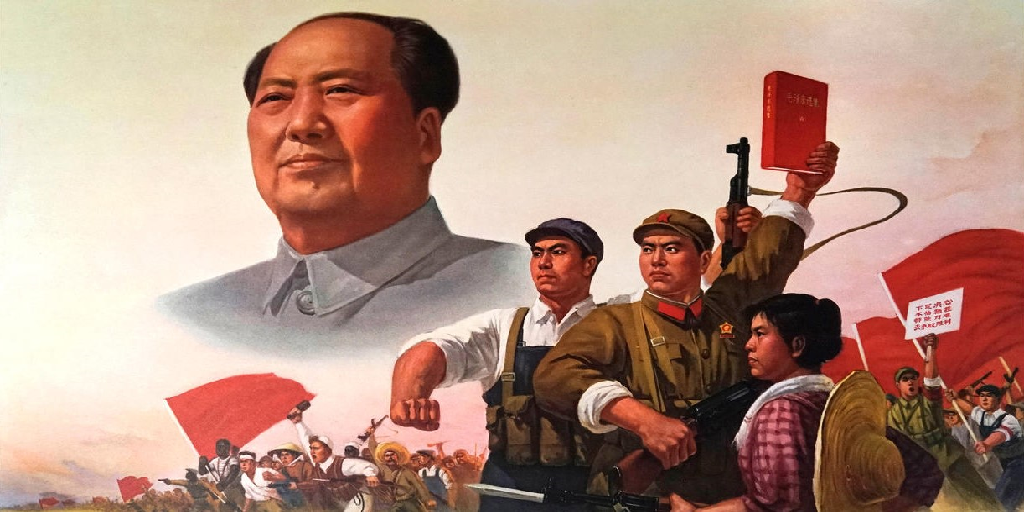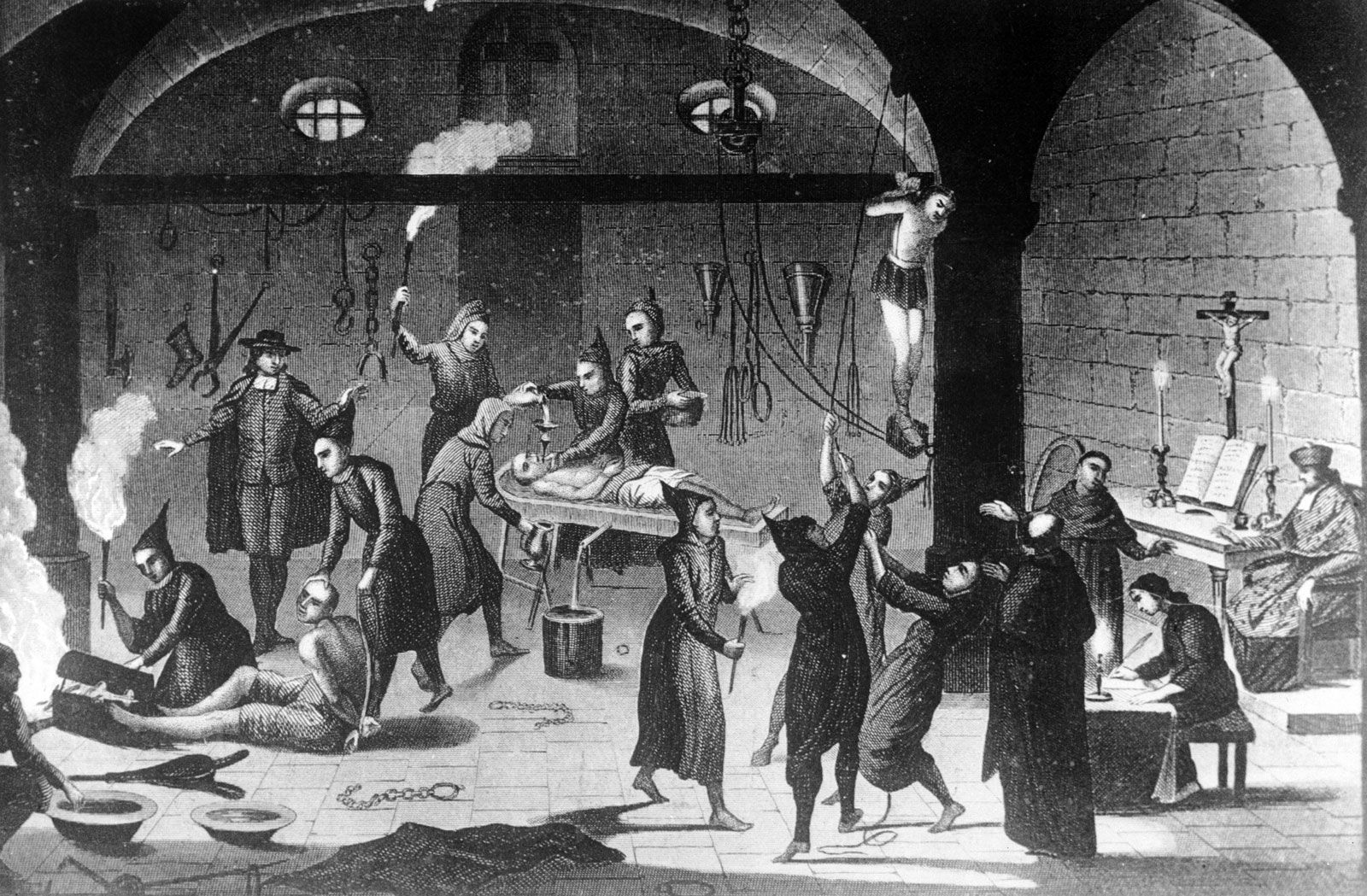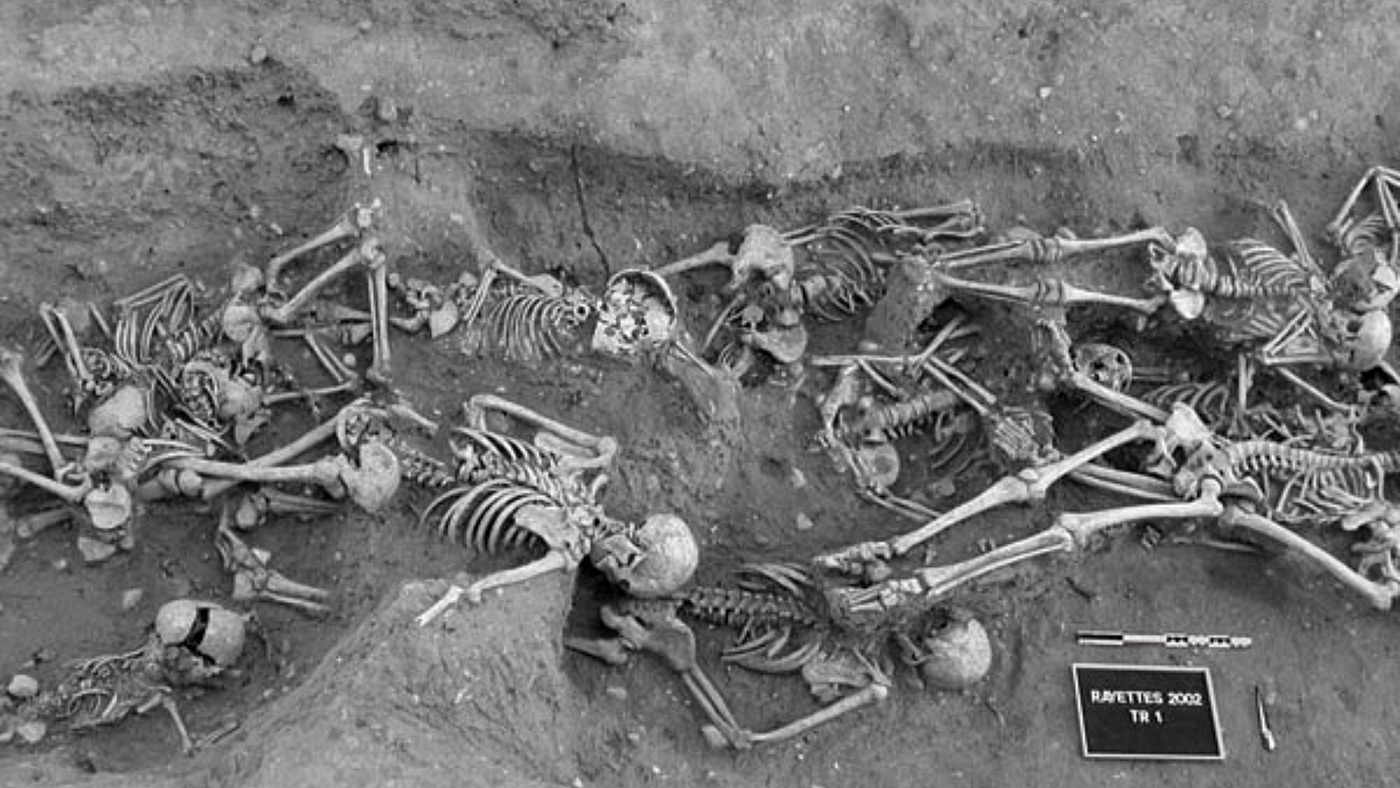
Throughout the annals of history, humanity has witnessed a multitude of horrific events that have left indelible scars on our collective memory. These events, marked by their brutality, magnitude, and lasting impact, have shaped societies and altered the course of human progress. So do you know about the most horrible events in history?
Humanity has endured innumerable tragedies throughout history, including both natural and man-made catastrophes. Some of these incidents have had a lasting impact on the world and still affect us now.
There have been some awful times throughout history that no one would ever want to go through. These occurrences, which have affected millions of lives and altered the course of history, range from the carnage of war to natural calamities.
These tragic catastrophes have many negative effects, including the loss of human life, the ruin of towns and communities, and the lasting scars they leave on survivors and future generations.
From ancient times to the modern era, these harrowing occurrences serve as somber reminders of the darker aspects of our shared history.
The Holocaust - Humanity's Darkest Hour
The Holocaust, often referred to as humanity's darkest hour, remains an indelible stain on the pages of history. This chapter delves deeper into the chilling details of this systematic genocide, examining the methods employed, the stories of survivors, and the enduring lessons it imparts.
The Nazi Regime's Ruthless Machinery
Under the leadership of Adolf Hitler and the Nazi regime, the Holocaust was meticulously planned and executed. The systematic dehumanization of Jews and other targeted groups laid the foundation for their eventual extermination. The regime's propaganda machine propagated hateful ideologies, while discriminatory laws stripped individuals of their rights and dignity. The construction of concentration and extermination camps across Europe served as the grim infrastructure for mass murder.
The Role Of Concentration Camps
Concentration camps were places of unimaginable suffering, where inmates endured forced labor, starvation, and torture. Life in these camps was a daily struggle for survival, as prisoners faced overcrowded conditions and rampant disease. The harsh realities within these camps were exposed through firsthand accounts, such as those of Elie Wiesel in his memoir "Night," which bears witness to the depths of human cruelty.
The Horrors Of Extermination Camps
Extermination camps, such as Auschwitz, Sobibor, and Treblinka, were designed with one chilling purpose: the systematic extermination of millions. Victims were subjected to mass gassings, incineration, and other methods of execution. The scale of these atrocities is almost incomprehensible, with entire families and communities being annihilated.
Stories Of Survival And Resistance
Amidst the darkness of the Holocaust, stories of incredible courage and resilience emerged. These tales of survival and resistance serve as beacons of hope and humanity's enduring spirit.
The Warsaw Ghetto Uprising
In the heart of the Warsaw Ghetto, a group of Jewish resistance fighters took a stand against the Nazi oppressors in the Warsaw Ghetto Uprising of 1943. Armed with limited weapons and supplies, they fought valiantly against overwhelming odds, demonstrating the unyielding will to resist oppression.
The Rwandan Genocide - Most Horrible Events In History
One of the major historical occurrences of the twentieth century was the genocide in Rwanda in 1994. It dispelled the myth that genocide was a thing of the past and sparked a fresh commitment to putting an end to future genocides.
The effects of the genocide are immediate and palpable for Rwandans, whether they live in Rwanda or elsewhere. They fight every day to restore trust within themselves, to rebuild shattered bodies and scarred psyches.
However, despite how terrible they are for Rwandans, the effects of this genocide extend far beyond the borders of that one little nation and affect populations in other nearby nations as well.
individuals in the area have endured as a result of succeeding battles with unspeakable brutality and the flight of millions of individuals, both as refugees and assassins. Those who live further away from Rwanda pay the price for failing to safeguard others in terms of their guilty consciences as well as the financial burden of providing humanitarian relief and aid in the reconstruction of destroyed societies.
In a way that we had not done in fifty years, the genocide in Rwanda pushed us to address the widespread death of civilians. In several conflicts during the second half of the 20th century, common people had been killed on purpose, but not until the Holocaust had civilians been butchered so quickly, so methodically, and with such a genocidal goal. However, national governments and international organizations resisted taking action in the face of a morally straightforward but politically complex issue.
The Transatlantic Slave Trade - Centuries Of Inhumanity
The Transatlantic Slave Trade stands as one of the most deplorable chapters in human history. The Transatlantic Slave Trade was fueled by economic interests that extended far beyond the shores of Africa. European powers, seeking immense profits from the New World colonies, turned to the exploitation and enslavement of millions.
The Middle Passage - A Voyage Of Unspeakable Horrors
The journey across the Atlantic, known as the Middle Passage, was a harrowing ordeal for the enslaved Africans. Packed into cramped, disease-ridden ships, they endured unimaginable suffering and brutality.
Conditions Aboard The Slave Ships
The conditions on these vessels were beyond appalling. Shackled in close quarters, often lying in their waste, and subjected to extreme heat, cold, and disease, many did not survive the grueling journey.
Lives Of Bondage - Exploitation And Brutality
Upon arrival in the Americas, enslaved Africans were thrust into lives of brutal servitude. Their labor was exacted through violence, coercion, and systematic dehumanization.
The Plantation System
Enslaved individuals were subjected to backbreaking labor on plantations, enduring long hours and harsh conditions. The brutal treatment meted out by overseers and plantation owners perpetuated a cycle of fear and oppression.
Resistance And Rebellion - Acts Of Defiance
Despite the overwhelming odds stacked against them, enslaved individuals displayed remarkable resilience and resistance to their oppressors.
Slave Revolts And Uprisings
Throughout the centuries of the Transatlantic Slave Trade, there were instances of organized revolts and uprisings. Leaders such as Nat Turner, Toussaint Louverture, and Gabriel Prosser led courageous efforts to break free from bondage.
The Atomic Bombings Of Hiroshima And Nagasaki - Unleashing Unprecedented Destruction
Germany had submitted by July 1945, ending the European conflict. Japan, however, resisted accepting the conditions outlined in the Potsdam Declaration by the Allies. American authorities believed that invading and conquering the Japanese home islands was the only way to force Japan's total capitulation.
Even though an estimated 300,000 Japanese civilians had already perished from famine and air strikes, Japan's government remained resolute. As opposed to this, American intelligence intercepts showed that by August 2, Japan had already stationed more than 560,000 soldiers as well as thousands of suicide boats and planes on the island of Kyushu to prepare for the anticipated American invasion of Japan.
Additional sources correctly inferred that, in the event of an Allied landing, the Japanese military intended to put all American detainees in Japan to death. These unsettling numbers signaled a more expensive struggle than any that the US had previously engaged in throughout the conflict.
When battling against less than 120,000 Japanese soldiers on the island of Okinawa from April to June 1945, US forces lost 49,000 fatalities, including 12,000 men killed in action. A third of the island's prewar population, at least 110,000 Japanese soldiers, and more than 100,000 civilians died in the campaign.
American planners who were looking ahead to the invasion of Japan were greatly affected by American deaths on Okinawa. Instead of defeating the American military, Japan's leaders wanted to win by inflicting heavy deaths and weakening American public morale.
The Great Chinese Famine - A Catastrophe Unveiled
The Great Chinese Famine, which unfolded from 1959 to 1961, remains one of the deadliest famines in human history. In this section, we delve deeper into the causes, consequences, and harrowing details of this catastrophic event.
The Origins Of The Famine
The Great Chinese Famine was not solely a result of natural disasters; it was exacerbated by man-made factors, including misguided policies and political decisions.
The Great Leap Forward
Mao Zedong's Great Leap Forward, launched in 1958, aimed to rapidly transform China into an industrial and agricultural superpower. However, this campaign led to disastrous consequences, as communal farming and unrealistic production targets resulted in crop failures and food shortages.
A Nation In Desperation
As the famine unfolded, millions of Chinese citizens faced dire circumstances, struggling to find sustenance in a nation gripped by hunger and despair.
Starvation And Suffering
Countless individuals, particularly in rural areas, succumbed to starvation. People were reduced to eating bark, roots, and even one another in their desperate quest for food. Reports of cannibalism serve as grim reminders of the extremities to which people were driven.
The Impact On Families And Communities
The Great Chinese Famine fractured families and communities, leaving deep scars on the social fabric of China.
Parents watched helplessly as their children wasted away, and many families were torn apart by the loss of loved ones. Children orphaned by the famine faced uncertain futures.
In the aftermath of the Great Chinese Famine, China faced the immense challenge of rebuilding a nation scarred by loss and trauma.
The catastrophic consequences of the Great Leap Forward prompted a reevaluation of China's policies and a shift away from some of the most extreme aspects of communist ideology.
The Great Chinese Famine serves as a tragic reminder of the far-reaching consequences of failed policies and the importance of valuing human life above all else.
The Great Chinese Famine stands as a stark warning about the dangers of misguided policies and the need for accountable and transparent governance.
The Armenian Genocide - Forgotten Tragedy
The Armenian Genocide, often overshadowed by other historical events, is a haunting chapter in the history of the 20th century. In this section, we delve deeper into the details of this tragic event, exploring its origins, the systematic extermination of the Armenian population, and its enduring legacy.
Historical Context And Precursors
The Armenian Genocide was not an isolated event but rather the culmination of a series of policies and actions that aimed to target and eliminate the Armenian population within the Ottoman Empire.
Ottoman Empire And Ethnic Diversity
The Ottoman Empire was home to a diverse range of ethnic and religious groups, including a significant Armenian population. However, tensions between these groups, exacerbated by political and economic factors, laid the groundwork for future conflict.
The Prelude To Genocide
The events leading up to the Armenian Genocide were marked by increasing discrimination, persecution, and violence against the Armenian population.
The Hamidian Massacres
The Hamidian Massacres of the late 19th century saw the mass killing and displacement of Armenians by the Ottoman Empire. These events foreshadowed the larger-scale atrocities that would follow.
The Genocidal Campaign
The Armenian Genocide began in earnest during World War I, as the Ottoman Empire embarked on a campaign of systematic extermination.
Deportations And Mass Killings
Armenian communities were forcibly deported from their homes and marched into the desert, where many died from starvation, exhaustion, or outright murder. Mass killings, massacres, and deportations claimed the lives of an estimated 1.5 million Armenians.
The Cultural Revolution In China - An Era Of Chaos
Mao Zedong's Cultural Revolution, which spanned from 1966 to 1976, unleashed a wave of political persecution, violence, and social upheaval in China. Countless intellectuals, artists, and ordinary citizens were subjected to humiliation, torture, and death as the country descended into chaos. The scars of this period still affect Chinese society and politics.
The Spanish Inquisition - A Reign Of Terror
The Spanish Inquisition, initiated in the late 15th century, was a brutal campaign to root out heresy in Spain. Under the authority of the Catholic Church, thousands of people were subjected to torture and execution. The Inquisition's methods and the climate of fear it created cast a long shadow over Europe for centuries.
The Trail Of Tears - Forced Relocation And Suffering
The Trail of Tears was a tragic event in American history when the Native American Cherokee Nation was forcibly removed from their ancestral lands in the southeastern United States in the 1830s. The journey westward, marked by disease, starvation, and exposure, resulted in the deaths of thousands of Cherokees, illustrating the devastating impact of settler colonialism on indigenous peoples.
The Bengal Famine Of 1943 - British Colonial Negligence
During World War II, the Indian province of Bengal experienced a devastating famine that claimed the lives of an estimated two to three million people. British colonial policies, including the requisitioning of rice for the war effort and the refusal to provide adequate relief, exacerbated the crisis. The famine was characterized by widespread starvation, malnutrition, and disease. The Bengal Famine is a grim reminder of the consequences of colonial exploitation and negligence in the face of human suffering.
FAQs
What Was The Estimated Death Toll Of The Spanish Inquisition?
The death toll of the Spanish Inquisition is estimated to be in the thousands, with some historians suggesting it could be as high as 150,000.
How Did The Rwandan Genocide Come To An End?
The Rwandan Genocide came to an end when the Rwandan Patriotic Front (RPF), a Tutsi rebel group, captured Kigali, the capital of Rwanda, in July 1994.
What Is The Significance Of The Trail Of Tears In American History?
The Trail of Tears is a significant event in American history as it represents the forced relocation of Native American Cherokee Nation from their ancestral lands to present-day Oklahoma, resulting in the deaths of thousands.
What Was The Primary Factor That Led To The Great Chinese Famine?
The Great Chinese Famine was primarily caused by a combination of failed agricultural policies, such as the Great Leap Forward, and natural disasters like droughts and floods.
What Key Principle Emerged From The Nuremberg Trials In The Aftermath Of World War II?
The Nuremberg Trials established the key principle that individuals, including political leaders and military officials, could be held accountable for committing war crimes and crimes against humanity, even if they were acting on behalf of a government.
Conclusion
In exploring a variety of historical events marked by their horror and tragedy, it becomes evident that "Most horrible events in history" encompass a range of atrocities, from genocides and famines to persecutions and man-made catastrophes. These events serve as poignant reminders of the darkest aspects of human history, underscoring the importance of acknowledging the past, preventing future atrocities, and promoting justice and reconciliation.
While each event has its unique context and consequences, they all share the common thread of human suffering and the enduring need for vigilance against hatred, discrimination, and indifference to ensure a more compassionate and equitable future.
